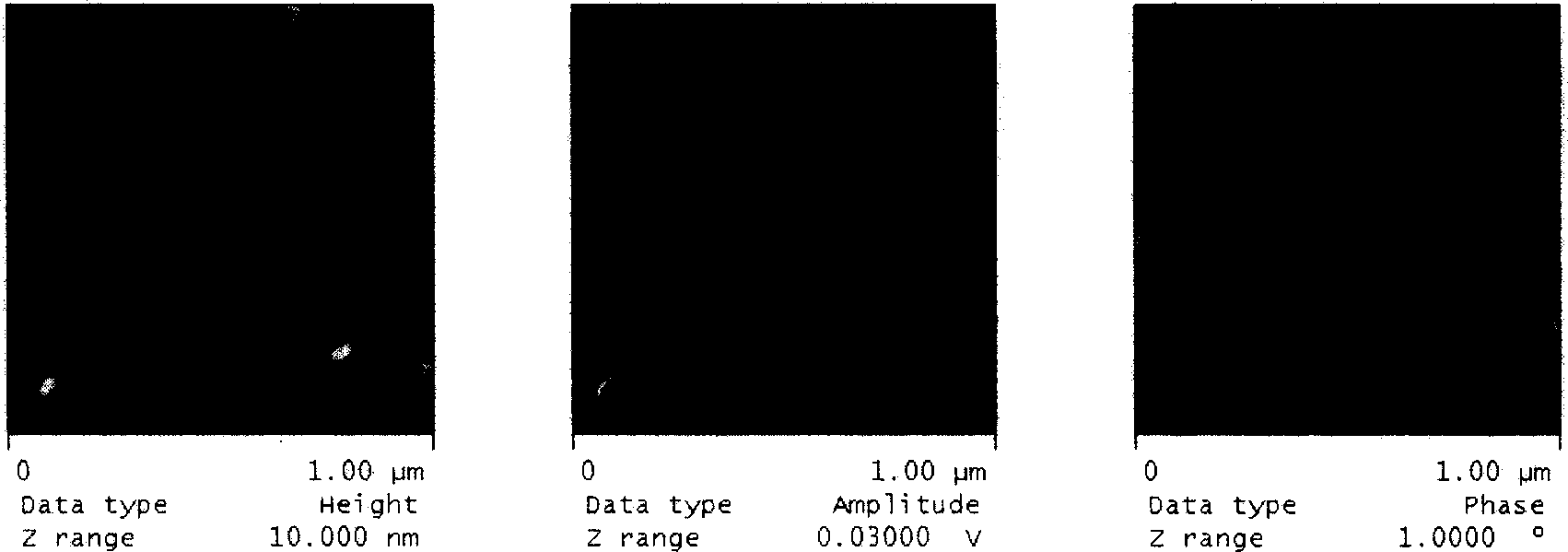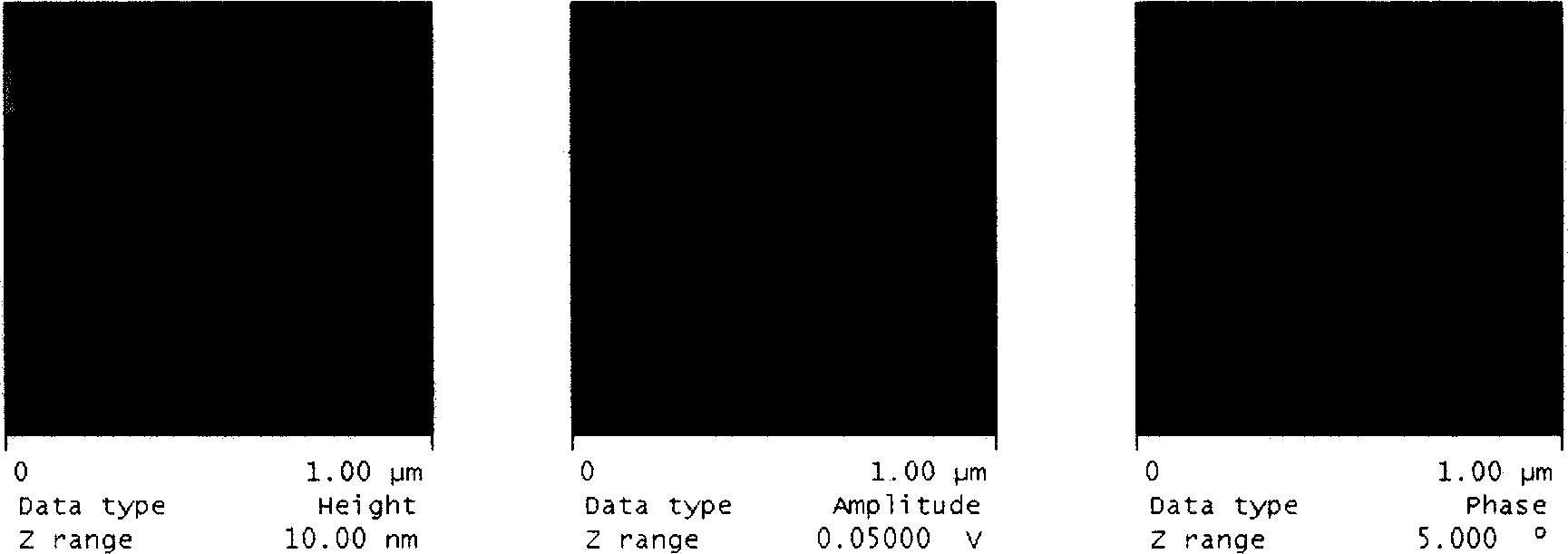Method for preparing copolymers lactic acid/rubber
A technology of rubber copolymerization and lactic acid, applied in the field of preparation of lactic acid copolymers, can solve problems such as affecting processability and application range, and achieve the effects of easy commercialization, simple and easy process control, and excellent post-processing performance.
- Summary
- Abstract
- Description
- Claims
- Application Information
AI Technical Summary
Problems solved by technology
Method used
Image
Examples
Embodiment 1
[0044] Embodiment 1 prepares polylactic acid / polybutadiene rubber (PLA / PB) copolymer
[0045] 1.1 Preparation of hydroxyl-terminated polylactic acid
[0046] In a 500ml three-necked flask, add 300g L-lactic acid (LLA) and 4.41g polyethylene glycol (PEG400), stir and heat to 100°C, and vacuum dehydrate under 100Pa pressure for 12h. Then add 1.5g of antimony trioxide as a catalyst, stir evenly, keep at 130°C, and continue to react for 4h. Finally, the temperature was raised to 160°C for 20 hours of reaction. The whole process is carried out under a reduced pressure environment, and the pressure in the bottle is: 100Pa in the early stage of the reaction, 75Pa in the middle stage of the reaction, and 20Pa in the late stage of the reaction.
[0047] After the reaction, the product was poured out and cooled at room temperature to obtain a colorless transparent solid. It was confirmed to be polylactic acid by infrared spectrum and nuclear magnetic resonance analysis. Its weight a...
Embodiment 2
[0054] Embodiment 2 prepares polylactic acid / acrylonitrile-butadiene rubber (PLA / BN) copolymer
[0055] 2.1 Preparation of hydroxyl-terminated polylactic acid
[0056] With the preparation method of 1.1 in embodiment 1.
[0057] 2.2 Preparation of isocyanate-terminated nitrile rubber
[0058] The method is to dissolve the hydroxyl-terminated nitrile rubber with a quantitative hydroxyl value of 0.45mmol / g and a number average molecular weight of 2700 in chloroform, add it to a 500ml three-necked flask, and then add quantitative HDI. After the system is stirred evenly, start to slowly heat up to 75-80°C, and react at this temperature for 3 hours to obtain isocyanate-terminated nitrile rubber.
[0059] 2.3 Preparation of PLA / BN copolymer
[0060] Dissolve the polylactic acid prepared in 2.1 in chloroform, and add it into the isocyanate-terminated nitrile rubber prepared in 2.2 in different proportions. The mass ratio of PLA / BN is between 20 / 80 and 80 / 20, while stirring. React...
Embodiment 3
[0061] Embodiment 3 prepares polylactic acid / polybutadiene rubber (PLA / BS) copolymer
[0062] 3.1 Preparation of hydroxyl-terminated polylactic acid
[0063] With the preparation method of 1.1 in embodiment 1.
[0064] 3.2 Preparation of isocyanate-terminated styrene-butadiene rubber
[0065] The method is to dissolve the hydroxyl-terminated styrene-butadiene rubber with a quantitative hydroxyl value of 0.6mmol / g and a number-average molecular weight of 2500 in chloroform, add it to a 500ml three-necked flask, and then add quantitative HDI. After the system is evenly stirred, start to slowly raise the temperature to 75-80°C, and react at this temperature for 3 hours to obtain the isocyanate-terminated styrene-butadiene rubber.
[0066] 3.3 Preparation of PLA / BS copolymer
[0067] Dissolve the polylactic acid prepared in 3.1 in chloroform, and add it to the isocyanate-terminated styrene-butadiene rubber prepared in 3.2 in different proportions. The mass ratio of PLA / BS is be...
PUM
 Login to View More
Login to View More Abstract
Description
Claims
Application Information
 Login to View More
Login to View More - R&D
- Intellectual Property
- Life Sciences
- Materials
- Tech Scout
- Unparalleled Data Quality
- Higher Quality Content
- 60% Fewer Hallucinations
Browse by: Latest US Patents, China's latest patents, Technical Efficacy Thesaurus, Application Domain, Technology Topic, Popular Technical Reports.
© 2025 PatSnap. All rights reserved.Legal|Privacy policy|Modern Slavery Act Transparency Statement|Sitemap|About US| Contact US: help@patsnap.com



